March 3, 2018
Preserving Music History
By FERNANDO DEL VALLE Staff Writer
SAN BENITO — For nearly 30 years, the big steel record presses captured the music that has helped the city earn its mark as “the home of conjunto music.”
At the legendary Ideal Recording Co., the two Finebilt presses produced the music of some of the legends who pioneered the genre born on the Texas-Mexico border and honed in the city’s cantinas.
Since Ideal closed 30 years ago, the presses have languished in storage, draped in plastic wrap.
For 17 years, Rey Avila has dreamed of showcasing the antique record presses in the Texas Conjunto Hall of Fame and Museum.
But cramped quarters forced him to keep them in storage.
Since 2008, the museum has squeezed pieces of its priceless potpourri into a 300-foot exhibit at the city’s Community Building.
“Our goal has been to have them all in one space where people can see the history of San Benito,” Avila said Friday.
Now, he is waiting for the opening of the newly-built 7,000-square-foot San Benito Cultural Heritage Center to display the complete array of artifacts that make the conjunto museum the only one of its kind in the world.
“We’ve been waiting for 17 years,” Avila said. “So it’s finally becoming a reality.”
The city has not disclosed a timetable for the center’s opening.
However, Avila is planning recreations of Ideal’s recording studio and record pressing plant to launch as much as a 1,500-square-foot expansion of the conjunto museum.
“We want to showcase all this music history to preserve it for current and future generations,” he said.
Historic record presses
For Avila, the record presses made around 1960 are among the museum’s most priceless artifacts.
“They’re historic,” he said. “In Texas, there are not too many of those left.”
During the 1960s and 1970s, the old record presses turned out as many as 1,500 records a day for distribution in the United States, Mexico and Central America.
Replicating the recording studio Avila also plans to display a recreation of Ideal’s recording studio.
The exhibit will feature two Ampex Corp. recording machines made around 1960 that captured the music on reel-to-reel tapes.
Avila also plans to display the master recordings that pressed their grooves into vinyl.
The glistening nickel-plated “stampers” now stand in old cardboard sleeves.
Museum’s roots
Avila, a retired maintenance technician with the Texas Department of Transportation, is a visionary.
In 2000, he began building the museum in a bedroom in his home.
Since 2008, the museum has shared a 1,000-square-foot space with the Freddy Fender Museum and the San Benito History Museum at the city’s Community Building.
“We are the only museum in the world dedicated to preserving the unique genre of American music,” Avila said.
Priceless donation
As Avila prepared to move the museum there, retired businessman Lionel Betancourt donated a treasure trove of artifacts 20 years after his family closed the Ideal studio.
“God planted the thought in my head,” Betancourt said. “I found a place for them that is meaningful. It’s just delightful that they’ll have enough room in the new building to set it all up.”
For Betancourt, the conjunto museum has nurtured his family’s legacy.
“I like history. This is a way of looking back at our heritage,” Betancourt said. “We, as a family, have made a difference. I’m certainly proud of my family and our contribution to the community.”
Ideal records
In 1946, Betancourt’s father Paco Betancourt co-founded Ideal with Armando Marroquin.
In downtown San Benito, Betancourt’s father handled sales and distribution from the Rio Grande Music Co., his record store off Sam Houston Boulevard.
Meanwhile, Marroquin was recording the music in his garage in Alice.
Soon, the genre born along the Texas-Mexico border was reaching an international audience.
Then in the mid 1950s, Paco Betancourt, who served as the city’s mayor from 1966 to 1968, opened a recording studio in the back of his store.
Legends such as Narciso Martinez, Paulino Bernal and Freddy Fender recorded their music there.
“A lot of people don’t know that at one time (Ideal) was the biggest distributor of conjunto and Tejano music in the Southwest,” Avila said.
The San Benito Cultural and Heritage Center will help Avila expand the museum whose Hall of Fame has inducted 70 conjunto pioneers.
“This is history right before your eyes,” Avila said. “Everybody says (San Benito) is the birthplace of conjunto. I say we’re the home of conjunto.”
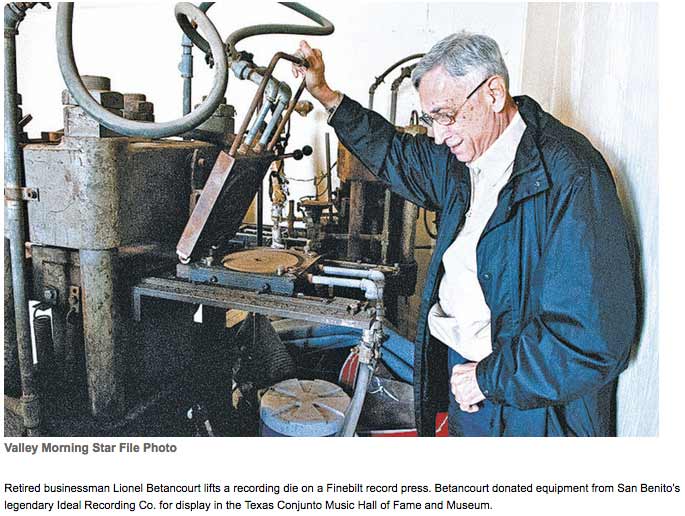
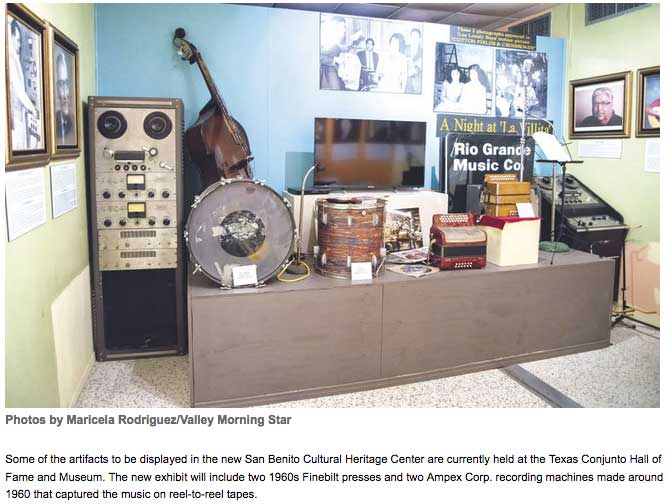
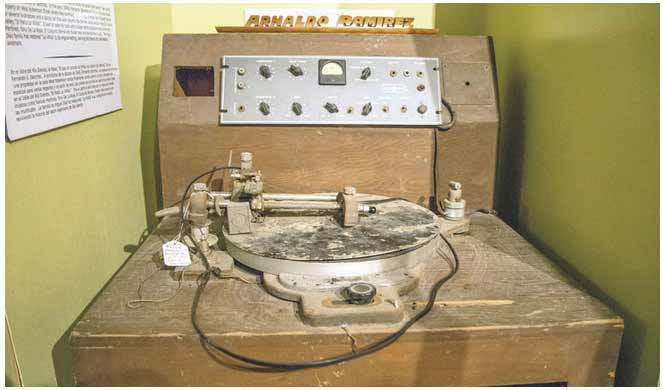
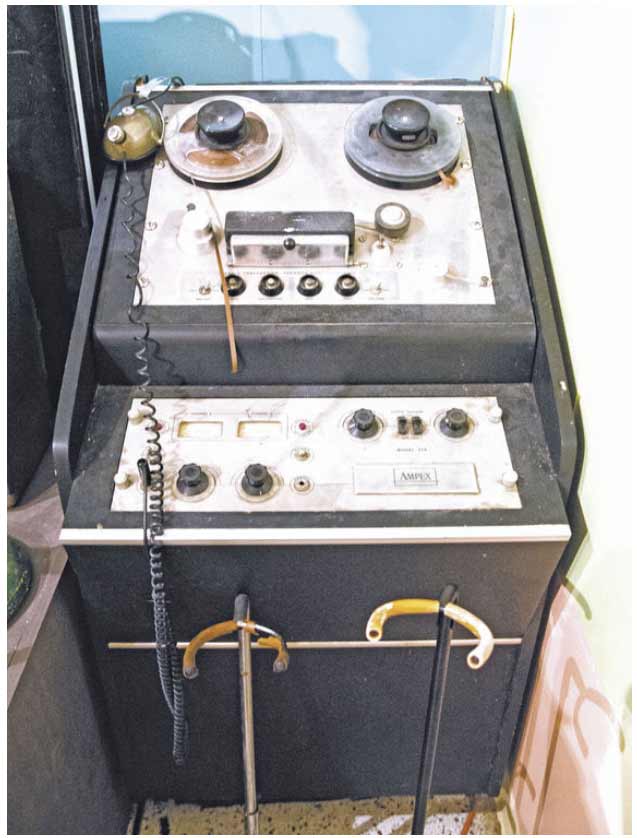
Article taken from Valley Morning Star on March 7, 2018 Go to Article

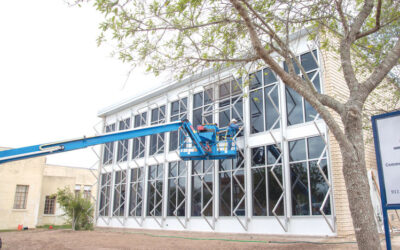
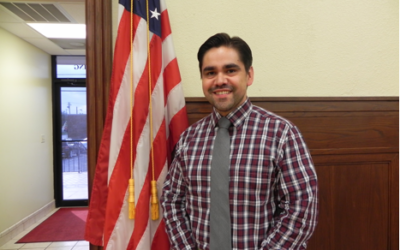
0 Comments